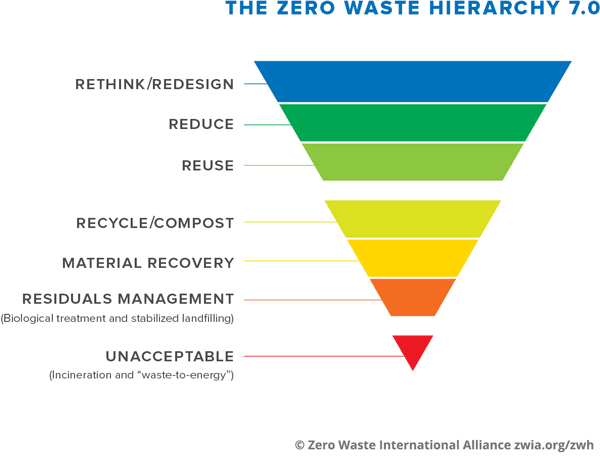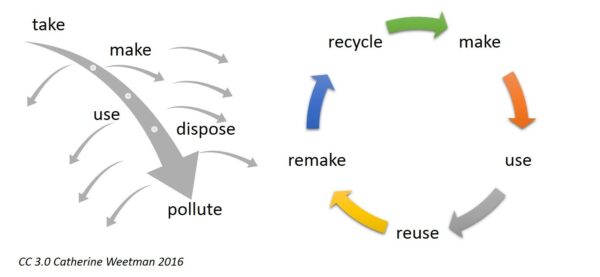Background
The jurisdictions in Sonoma County have collectively adopted regional goals for waste reduction, reuse, and recycling. These goals are stated in the Countywide Integrated Waste Management Plan as well as the Sonoma County Regional Climate Action Plan (CAP).
Landfills are a significant source of the potent greenhouse gas (GHG) methane, so it is very important that we divert organic waste including food from landfill disposal. Reuse and recycling of materials are additional approaches we must continue to support in order to protect our finite natural resources.
The Sonoma County Central Landfill has a remaining capacity between 15-25 years if our disposal remains steady year after year. It is far more cost effective to reduce our landfilled material through Zero Waste principles and policies than to build a new landfill or haul our solid waste to out-of-county landfills, which requires additional costs for transportation and increased GHG emissions.


